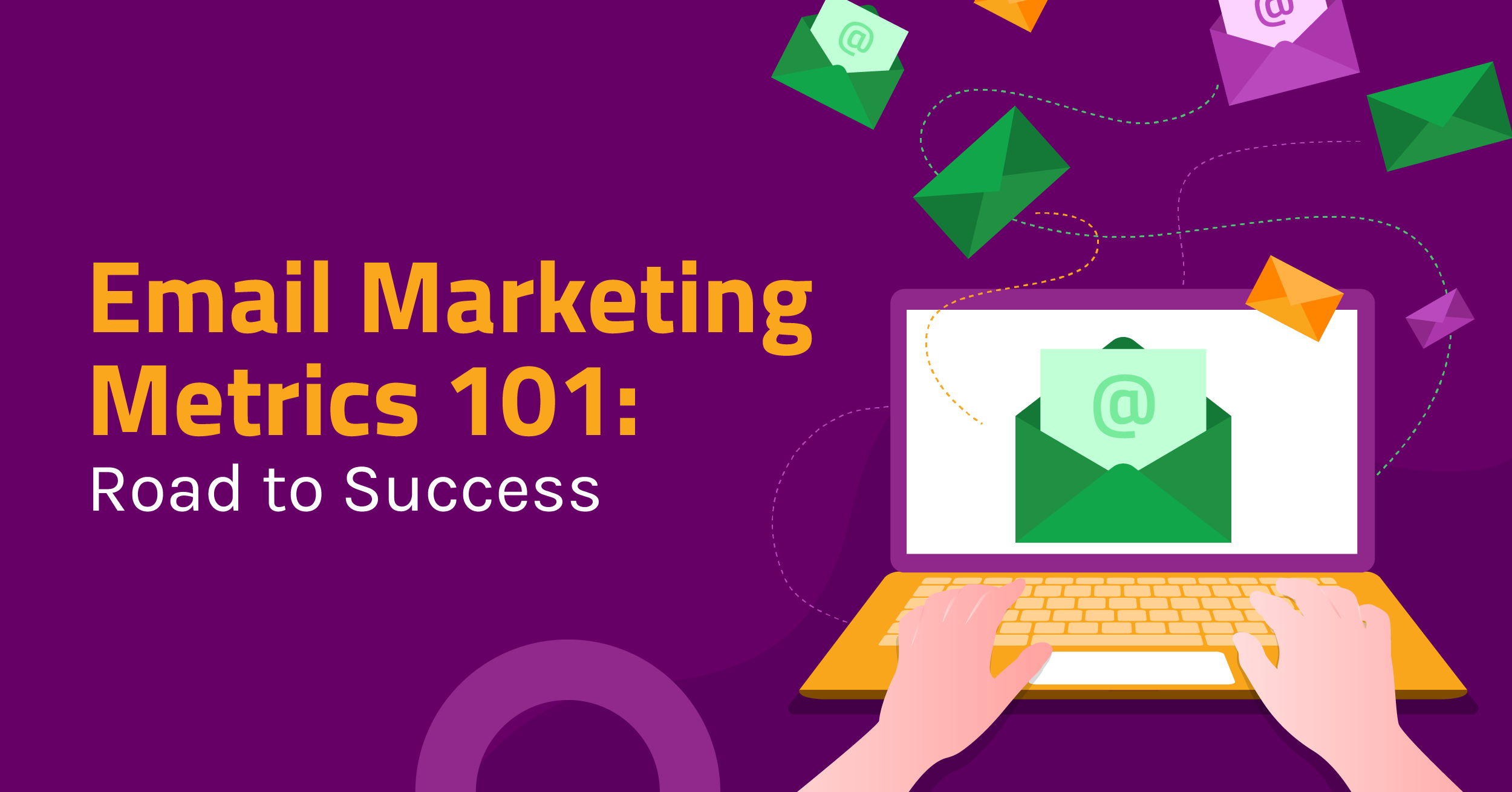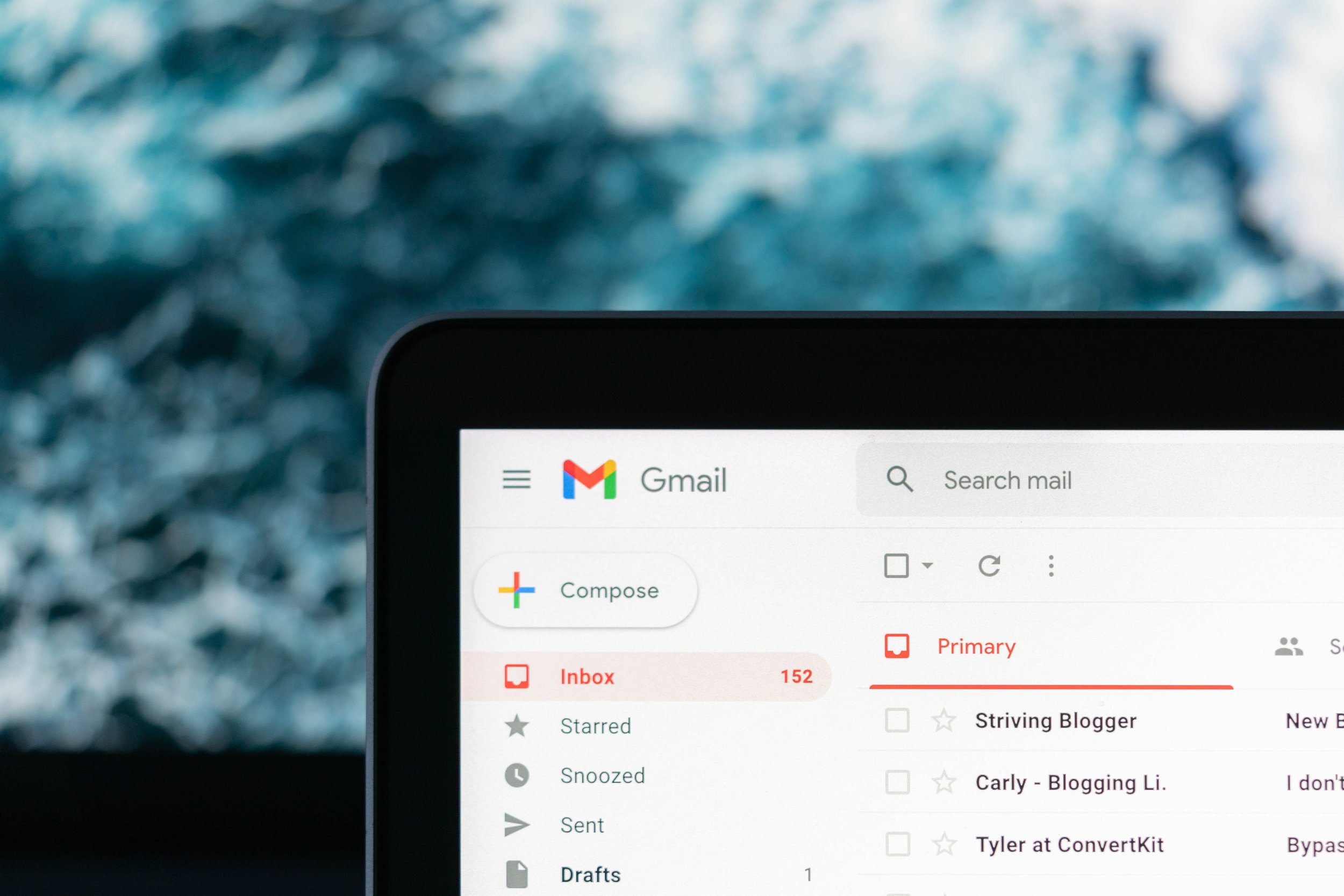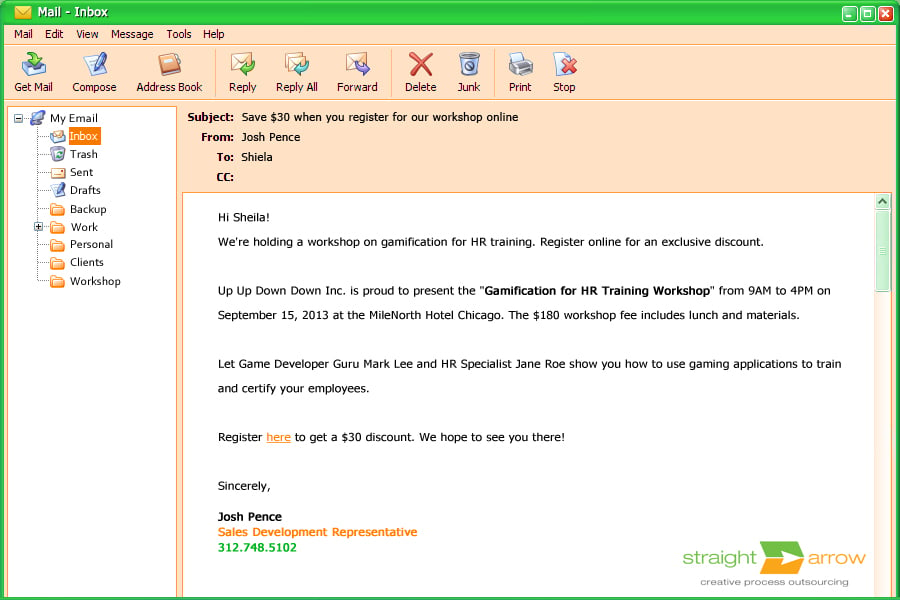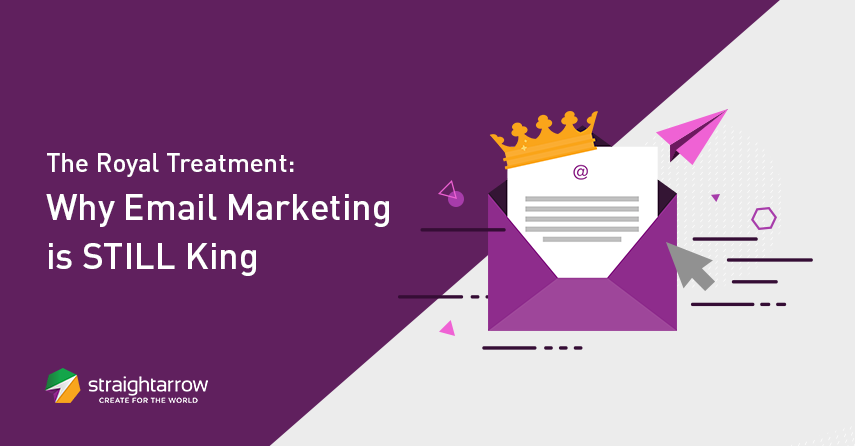Email Marketing Metrics 101: Road to Success

In the era of Google ads, chatbots, and social media, email marketing remains a cornerstone of successful digital marketing campaigns.
Based on data from Statista, the average number of email users reached 4.3 billion people in 2022, and this number is expected to grow to 4.6 billion in 2025. If your company is doing business in the digital world, your customers are using email—this means you should, too. Not only will you be able to take advantage of a bigger pool of potential customers, but you can also enjoy the many benefits of utilizing this strategy. Here’s a quick rundown of the advantages of email marketing:
- The Return on Investment (ROI) of email marketing is higher than SEO and keyword ads, with a $36 return for every $1 spent compared to $22.24 and $17, respectively.
- 81% of small and medium-sized businesses rely on email for successful customer acquisition, while 80% rely on it for retention.
- Over 60% of marketers consider email marketing an effective method for reaching customer retention goals due to its high degree of personalization.
- 99% of consumers check their emails daily and name it their most preferred way to receive brand updates.
- Marketers who use segmented email campaigns noted a 760% increase in revenue.
With all these advantages and more, there's no denying that email marketing is a strategy that will continue to be relevant in the coming years.

Photo by Justin Morgan on Unsplash
However, optimizing email marketing to maximize its potential is the real challenge. We're not just talking about creating your email campaigns and sending them out; maximizing your email marketing ROI involves understanding and interpreting the results of your email marketing campaigns and translating them into action.
Understanding the Different Email Marketing Metrics
Comparing your email marketing metrics to industry benchmarks helps you measure the overall success of your strategy and pinpoint any areas that need improvement. Aside from letting you know when things are progressing and when you should change your strategy, these metrics also offer insights into consumer behavior, helping you further optimize your campaigns.
1. Open Rate
What is it?
This refers to the percentage of recipients who open your email measured against the total emails sent or the total number of subscribers in your list.
Why is it important?
Open rate can be misleading as it requires the recipient to view the images. Instead of relying on this, optimize for clickthrough rate and use your open rates as a comparative metric to improve email strategy over time.
2. Clickthrough Rate (CTR)
What is it?
This refers to the percentage of people who opened your email and clicked on one or more links in it. It differs from click rate which refers to the percentage of people who clicked a link in your email out of the total deliveries. It is a broader metric compared to CTR that measures the overall engagement of your emails, including the relevance of your subject line.
Why is it important?
CTR gives you a direct insight into how many people in your email list engage with your content and are interested in learning about your brand or offers.
3. Conversion Rate
What is it?
This refers to the percentage of email recipients who clicked on a link within an email and completed a desired action. This can be filling out a form or purchasing a product.
Why is it important?
Conversion rate shows how successful your newsletters are in generating prospects and leads.

Photo by Antoni Shkraba
4. Email Sharing Rate
What is it?
Also called "forwarding rate," this refers to the percentage of email recipients who clicked on the "share this" button to share the email on social media or forward it to other people.
Why is it important?
Your email sharing rate is one of the most important metrics to track because people sharing your emails is how you generate new contacts.
5. Bounce Rate
What is it?
This refers to the percentage of emails sent that could not be successfully delivered to the recipient's inbox. There are two types of bounces: "hard" and "soft."
- Soft bounces result from a temporary problem with a valid email address, including a full inbox or server issues.
- Hard bounces occur from an invalid, closed, or non-existent email address.
Why is it important?
Your bounce rate doesn't necessarily correlate to the success of your newsletters. However, keep an eye on your "hard bounce" rate, as too many hard bounces can signal that you're a spammer to the Internet service provider and email platform. Regularly cleaning your email lists will help minimize hard bounces.
6. Unsubscribe Rate
What is it?
This refers to the percentage of users who unsubscribe to your email list upon opening a given email.
Why is it important?
Just like the open rate, this metric can also be misleading and doesn't accurately reflect how engaged your mailing list is, and if your existing email recipients are still interested in your brand. Subscribers who lose interest in your newsletter may not click "unsubscribe" but will stop opening, reading, and clicking on your email.
7. List Growth Rate
What is it?
This is the rate at which your email list is growing. You can calculate this by taking the number of new subscribers minus the number of unsubscribes, dividing that by the total number of email addresses on your list, and multiplying it by 100.
Why is it important?
A high subscriber list growth rate indicates you're successfully attracting new subscribers and engaging with your audience. In contrast, a low growth rate may indicate that you need to adjust your email marketing strategy to better meet your subscribers' needs and interests.
8. Overall ROI
What is it?
This is the return on investment on your email marketing campaigns. You can calculate your ROI in many ways depending on your business. However, the most basic calculation is total revenue divided by total spend multiplied by 100.
Why is it important?
The ROI reflects essential information regarding your email campaigns, such as the number of leads per lead category, how this translates to revenue, and the actual campaign revenue. This information will reinforce the value and impact of your email marketing campaign as a channel.
9. Customer lifetime value (CLV)
What is it?
This refers to the amount of money a customer is predicted to spend on your business throughout your relationship with that individual.
Why is it important?
CLV allows you to measure the financial impact of your campaign, initiatives, and other activities and, therefore, helps you align with bigger financial targets. It also lets you plan your email strategies to capture customers' attention and business.

Photo by Ketut Subiyanto
These email marketing metrics should serve as the backbone of your email campaigns. It's essential to recognize that the data these metrics provide can greatly inform the strategies and tactics you employ in your email marketing efforts.
However, the key to achieving success in email marketing doesn't only lie in tracking these metrics. By implementing best practices, you can leverage insights from your emails to drive better engagement and conversions, and therefore continue to build meaningful connections with your subscribers.
Email Marketing Best Practices
1. Follow the CAN-SPAM Act
The CAN-SPAM (Controlling the Assault of Non-Solicited Pornography and Marketing) Act sets commercial email and text message rules. Although established in the USA, following this act is mandatory for anyone as long as your emails reach anyone in the United States. Its compliance involves the following dos and don'ts:
DO:
- Only send permission-based emails.
- Let your subscribers know your physical address.
- Honor opt-out requests within ten days.
DON'T:
- Make it difficult to unsubscribe from your mailing list.
- Use deceptive, spammy subject lines.
- Use false or inaccurate header information.
2. Format your emails properly
For your emails to create a professional and trustworthy image and positively impact your audience's perception of your brand, consider its format. This includes font, email size, and the overall appearance of your email template.
Here's a checklist so that you can optimize your emails for conversion:
Avoid using "no-reply" sender addresses
Write compelling subject lines
Optimize the email's preview text
Personalize email greetings
Keep the main message and CTA above the fold
Include an email signature
Format your emails for both desktop and mobile
3. Cater your emails to your audience
Understand and pinpoint your target audience to maximize your marketing ROI. To do this, create buyer personas or fictional profiles of your ideal customers. By crafting buyer personas, you can effectively categorize your audience into segments, making it easier for you to tailor your content, messaging, product development, and services to meet their specific needs, behaviors, and concerns.
Email segmentation allows you to send specific emails to targeted groups, which will yield a higher open rate and increased clickthrough rate.
4. Keep your email list updated
One of the oldest best practices in email marketing is updating your email list. Outdated lists increase the risk of higher bounce rates, being flagged as a spammer by email software, and sending content that is irrelevant to your audience.
Here are some tips to keep your list updated:
- Remove subscribers who have not engaged with your emails in the past year
- Keep a record of your latest unsubscribers
- Regularly clean your email list by merging duplicate emails, removing spam addresses, and correcting obvious typos
- Continuously run email campaigns to get new subscribers
- Don't use old email lists (i.e. lists you have left untouched before any list hygiene) for your new campaigns
5. Analyze results and adjust your campaign accordingly
After sending your emails, wait around a week before analyzing your campaign's performance to determine what worked and what didn't. Good email marketing will gather and report the critical metrics, but the key is turning these measurements into actions.
For example, having a high click rate on desktops but not on smartphones may mean that your emails aren't well-optimized for mobile users. Applying this human touch of understanding to your email marketing KPIs will help you continue to improve your strategies and maximize ROI.

Photo by Freepik
6. Market only to your subscribers who opt-in
There are email marketing tools that allow you to reach people who didn't sign up for your email list. However, this can have detrimental consequences. By sending emails without permission, you are wasting time and effort reaching out to people who aren't interested in your products and also increasing the risk of your emails being tagged as spam.
7. Consider email marketing timelines
Your audiences move through the world in real-time and are affected by its current events. Integrating timely email marketing into your overall marketing strategy creates a link between your brand and what your audience is experiencing in their personal lives, consequently boosting engagement and conversions.
For example, you can use emails along with your holiday marketing campaign to detail your discounts and promotions.

Photo by Markus Spiske on Unsplash
Email Marketing Metrics & KPIs: Navigating the Path to Success
Email marketing remains a timeless gem in the ever-evolving digital world. With over 4.6 billion users expected by 2025, it's an indispensable tool for reaching and engaging your audience.
But achieving success isn't just about sending emails; it's about understanding the power of metrics and how you can translate them into action. Metrics like CTR, conversion rate, and bounce rate are your compass. They offer invaluable insights into your audience's behavior, helping you to fine-tune your strategies for better engagement and conversions.
As you integrate these metrics with best practices, remember that the road to email marketing success is an ongoing journey. Keep an eye on industry trends, adapt your strategies, and continue to optimize your campaigns. So, embrace the metrics, chart your course, and set sail toward email marketing success.
Want to ramp up your marketing strategies from email marketing and beyond? Check out our services packages or talk to us today!








Comments